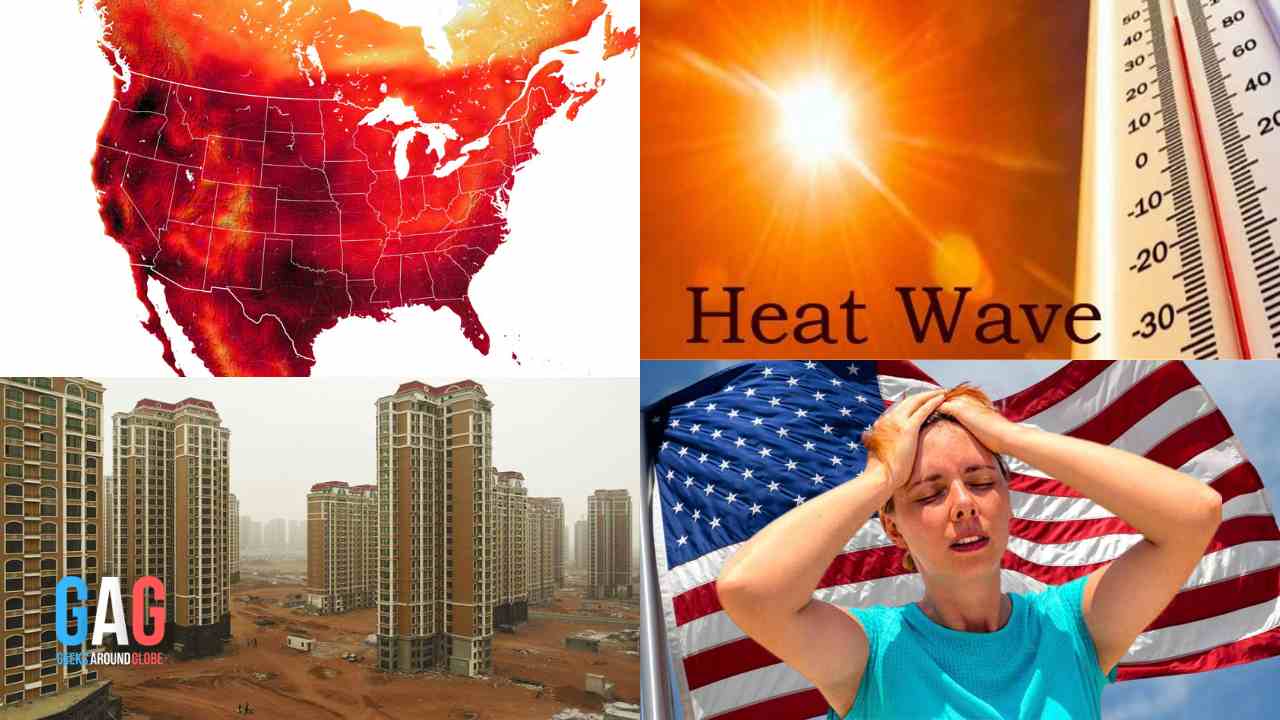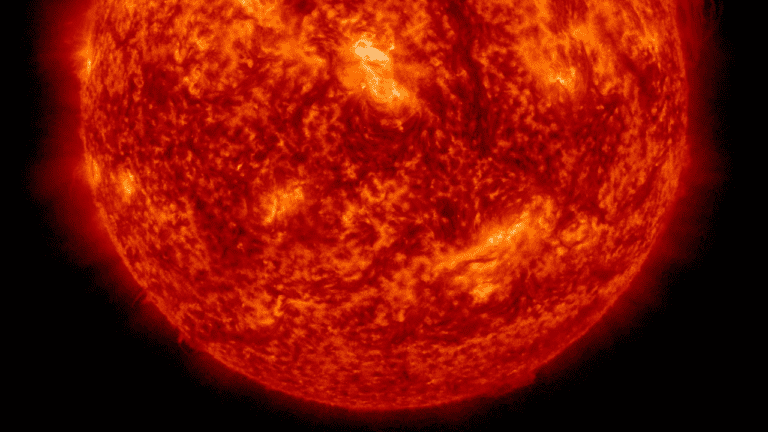The United States is currently experiencing a heat wave that has been breaking records and posing a serious threat. Temperatures have soared into the triple digits in many places! The heat wave doesn’t seem to end anytime soon. The extreme weather is without a doubt causing widespread misery. What If The Current Heat Wave In The USA Lasts Another Week?
The current heat wave is a reminder of the dangers of climate change. As the planet continues to warm, heat waves are becoming more common and more severe. It is important to take steps to adapt to the changing climate and to protect ourselves from the dangers of heat waves. Let’s dive in to know the potential threats of this heat wave and what we can do to overcome the challenging heat.
Threats to People – Fatal For Heart, Lungs and Kidney!
The most immediate threat from the heat wave is to human health! Some of the most concerning health issues include heat stroke, heat exhaustion, and dehydration.
It does not stop there. The risk of deadly heart attacks and heart diseases also might increase with heat! They can be fatal, especially for young children, older people, and people with chronic health conditions. When your body is trying to keep the body at the right temperature, it puts extra strain even on the lungs and kidneys.
In a heat stroke, the body temperature reaches high above 106 degrees Fahrenheit. Heat stroke leaves people with confusion, altered mental status, slurred speech, and even loss of consciousness. If you think someone is having a heat stroke, we urge you to call medical services or authorities immediately.

The Centers for Disease Control and Prevention (CDC) estimates that heat waves cause over 1000 deaths in the United States each year. Heat exhaustion is less severe than heat stroke, but it can still be dangerous. Symptoms of heat exhaustion include heavy sweating, pale skin, nausea, vomiting, and dizziness.
Dehydration is another serious medical issue people face from the scorching heat. When you sweat, you lose fluids and electrolytes, which are essential for your body.
Threats to the Ocean – Coral reefs are bleaching and dying!
The heat wave has a massive impact on the ocean. The warm water is causing coral reefs to bleach and die, and it is also increasing the risk of harmful algal blooms.
Coral reefs can endure heat stress. But only up to a certain level just like us humans. The extreme rise in temperature leaves the corals in a devastating state. Corals can’t move to cooler ocean waters as the temperature rises. Therefore, many coral reefs will end up bleaching and dying!
A coral reef ecologist in the National Oceanic and Atmospheric Administration Ian Enochs is currently keeping an eye on the coral reefs. Their observations are already saying that they are identifying widespread bleaching of corals across the waters.

Around 25% of marine life depends on the coral reefs and they are key spots of biodiversity. Healthy reefs are key in supporting the feeding, habitat, spawning, and nurturing of over 1 million marine species. All of the species are at significant risk with the troubled coral reefs.
Healthy reefs support economies and food for millions of people. The ecosystem caters to billions of dollars of income through fisheries, tourism, and other economic activities.
Harmful algal blooms are blooms of algae that produce toxins that can harm people, animals, and the environment. These blooms are more likely to occur in warm, stagnant water.
Threats to Animals
The heat wave is also a threat to animals. Pets, livestock, and entire wildlife can suffer from its devastating consequences.
Pet owners should make sure their pets have plenty of shade and water, and they should avoid taking their pets for walks during the hottest part of the day. Livestock owners should provide their animals with cool, fresh water and shade, and they should watch for signs of heat stress.
Other Natural Disasters
The heat wave could also trigger other natural disasters, such as wildfires and droughts. Wildfires are more likely to start in hot, dry conditions. The heat wave could also make it difficult to fight wildfires, as firefighters may be more susceptible to heat-related illness. Droughts can also be caused by heat waves. When the ground is dry, it cannot absorb as much water, which can lead to water shortages.

Threat to power grids and Infrastructure
High temperatures can cause straining of power grids. This could lead to power outages. This can be a major problem for people as they rely on air conditioning to stay cool. Even in 2019, a heat wave in California caused widespread power outages, leaving millions of people without power.
High temperatures can cause roads, bridges, and other infrastructure to buckle or collapse. This can lead to transportation disruptions and make it difficult for emergency services to respond to incidents. In 2021, a heat wave in the Pacific Northwest caused power outages and damaged roads and bridges.
What Can We Do?
There are a few things we can do to protect ourselves and our loved ones from the heat wave:
- Stay indoors as much as possible.
- If you must go outside, wear loose-fitting, light-colored clothing and a hat.
- Drink plenty of fluids, even if you are not thirsty.
- Take cool showers or baths.
- Check on, elderly neighbors and relatives.
- Bring pets inside or provide them with plenty of shade and water.
- We can also help to reduce the risk of future heat waves by reducing our emissions of greenhouse gases.
The heat wave is a serious threat, but it is not inevitable. By taking steps to protect ourselves and our environment, we can reduce the risks and make the world a safer place.
Also read,







